Yesterday was my second day at the fire house. I took a different lens: a Nikon 105mm f/2.8 macro. It will allow me to include more area in the somewhat tight station confines, and also get more magnification should that prove useful. It’s also much lighter and easier to work with than the Sigma 180mm macro, even though it doesn’t have a rotating tripod collar (or any tripod collar, for that matter). I clipped on the RRS L-bracket to the body so I could easily switch orientations.
I stayed with the same engine for most of the afternoon, moving to a modern one for a couple of shots at the end. It was harder to find the images. That’s the way it’s supposed to be. The easy ones are gone, and there are directions that aren’t worth pursuing. It’s not time yet to relentlessly pursue the directions that seem promising. It’s time to find some more.
Today I worked on the images. I’ve found some technical problems that crop up on some pictures.
First is my reflection. Should I just let that happen? No. These aren’t self-portraits. Since I’m using a self-timer already as a cable release substitute, can I just set it to longer and get completely out of the way? That’s not a complete solution, because there will still be reflection of the tripod and the camera. Eliminating the reflections in post is a non-starter; they are diffuse and would be really hard to clone out. One thing that is worth a try is to line up the shots obliquely and then square things up in post. Lightroom has some pretty good perspective tools, so I probably won’t have to take all the images to Photoshop. My workflow lately has been to try to avoid going to Photoshop until I’ve decided that an image is worth printing.
The second problem is focus. I don’t like to stop down beyond f/16 because of diffraction, and I’m stopping down to f/22 on some of these images, and even then I don’t have enough depth of field for the subject. I will eventually have to try focus stacking, but I’d prefer to put that off until I’ve found images that really work. Part of the reason that I’m reluctant to mess around with focus stacking early in the project is that Lightroom doesn’t provide a good way to manage the images. They do have stacks, but they don’t work quite the way you’d like them to when you’re focus stacking, or making panos, or doing HDR. They certainly don’t make it easy to combine these techniques, but that’s a subject for another post.
The third, and, for now, the last, problem is dynamic range. The highlights in the chrome won’t tolerate clipping. That means that the shadows are often fairly far down. The D4 has a pretty spectacular dynamic range, so I can get away with a fair amount of shadow boost, but there are limits. For now, I won’t make multiple exposures for HDR assembly. If I find that I’m getting visible shadow noise after processing, I’ll consider going back and reshooting with multiple exposures.
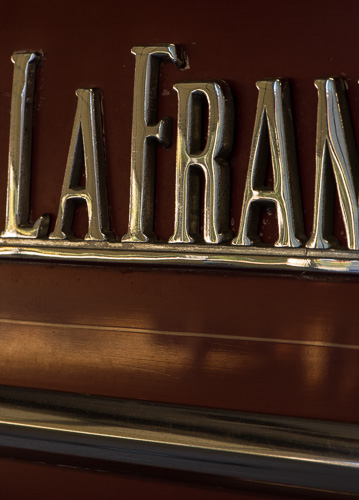
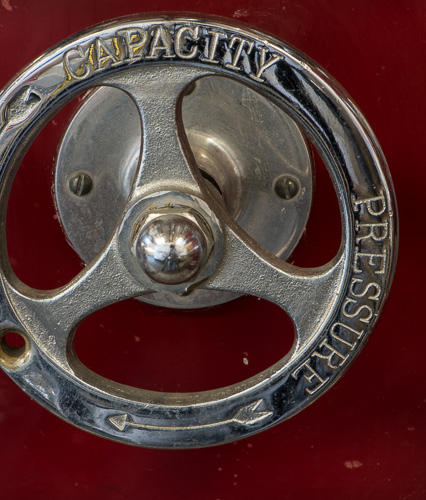
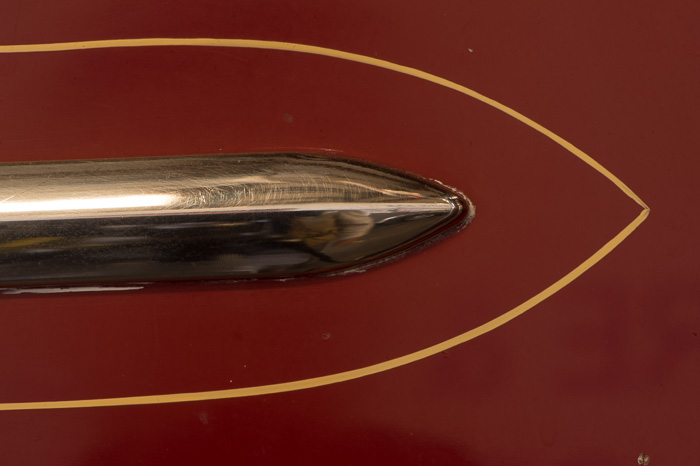
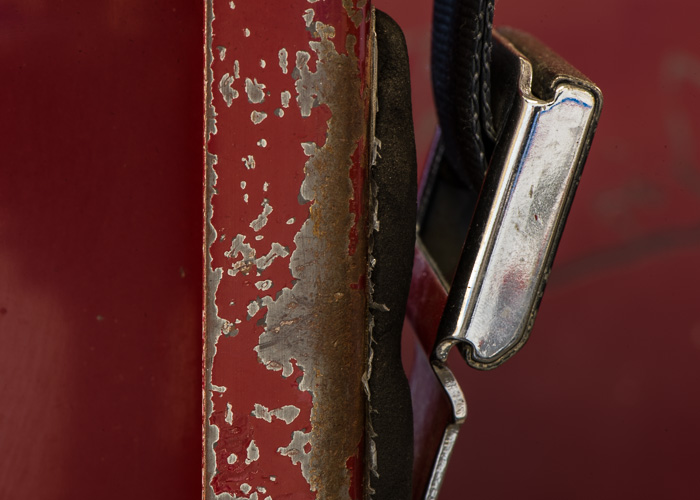
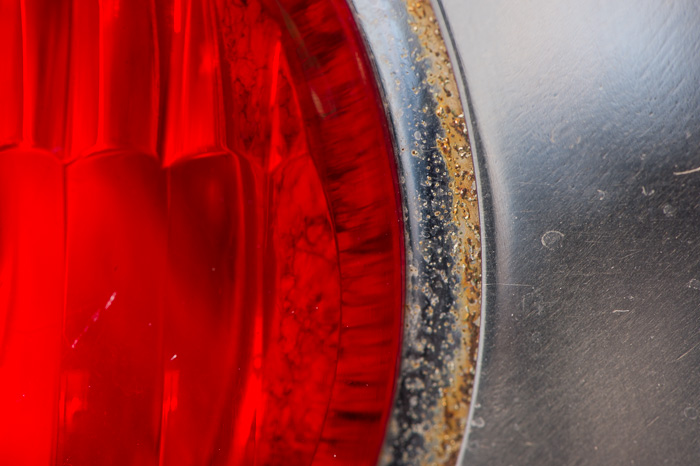
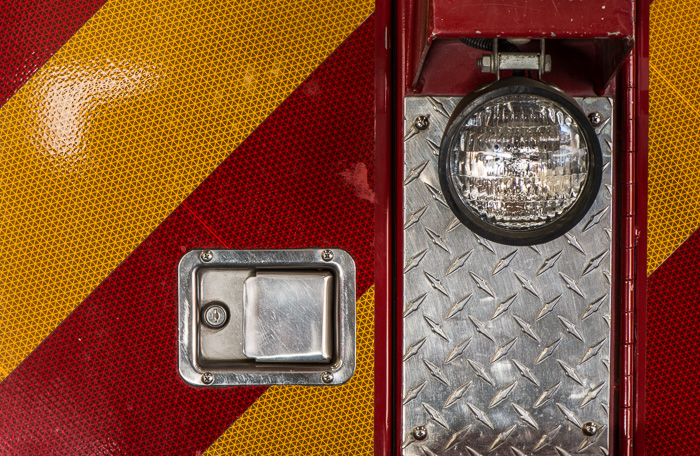
Leave a Reply